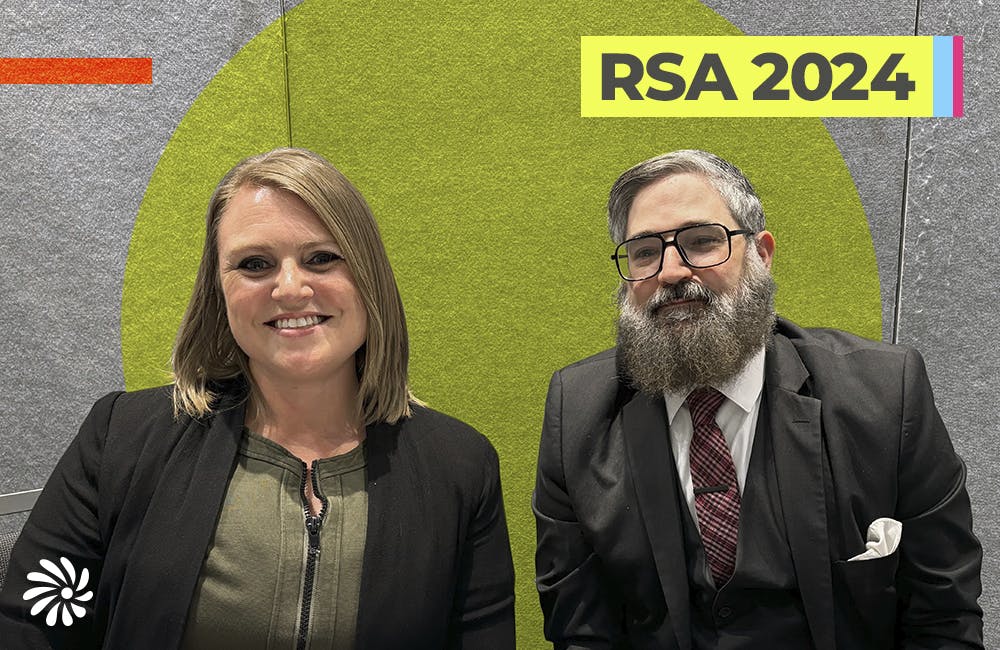Democratization of Data Requires New Cyber Solutions
The COVID-19 pandemic accelerated data sharing between federal health agencies, highlighting the need for stronger cybersecurity as cybercrime continues to plague government and health organizations.

Public health agencies are prioritizing data security and cybersecurity protection as agencies continue to share data across the Centers for Disease Control and Prevention (CDC) to every level of government. The COVID-19 pandemic pushed government to discover new ways to secure data as telework emerged and IT demands shifted.
In response to the COVID-19 pandemic, the CDC created the Office of Public Health Data, Surveillance, and Technology, which aims to improve the interoperability of public health data. In 2020, CDC launched the Data Modernization Initiative (DMI), which creates a more connected and response-ready system.
As public health leaders ramped up data-sharing efforts amid remote work, ransomware skyrocketed. Criminals and nation-state actors targeted hospitals and government entities, disrupting critical care.
Leading technology solutions providers, such as Leidos, saw the impacts of the pandemic and the demands of cybersecurity firsthand and rapidly created innovative solutions to ensure data security.
“In response to the pandemic, the government had to switch from conducting business face to face to providing more digital services. So, we saw a broad expansion in digital services across all federal agencies over the past few years,” Madhu Venkateshaiah, lead solution architect at Leidos, told GovCIO Media & Research in an interview. “And digital services bring with them their own challenges of being able to secure data, securely share that data, process that data and use that data to conduct business.”
Because of the level of data sharing required between federal agencies during the pandemic, data democratization and visibility have become major IT modernization initiatives, elevating the need for robust cyber solutions.
“There is a push to share more data, there is a democratization of data that is happening across the agencies. With that push comes a need for better data security, privacy and anonymization to make sure that private information is not published,” Venkateshaiah said.
Paul Butterfoss, vice president of cyber solutions at Leidos, described the Leidos Cybersecurity Accelerator, where Leidos has developed processes and detection systems built upon zero trust architecture to prevent and combat cyber threats. One of those examples is the Leidos Zero Trust Readiness Level (ZTRL) framework.
“The objective of our ZTRL framework is to help organizations with their journey to zero trust. We meet an organization where they are today, and then use the framework to develop a roadmap to where they want to go,” Butterfoss said.
The accelerator helps federal agencies of all sizes and budgets maximize time and resources while strengthening their cyber posture over time.
“At the end of the day, cyber investment is all about ROI. You can always spend more to increase your monitoring or decrease your risk, but there’s only so much budget available. We help our customers maximize the investment that they are making to get the biggest return on it,” Butterfoss said.
Leidos also hosts a zero trust lab, “where we test and certify security products out in the marketplace and do the legwork that is needed so that the government does not have to. So, when we propose a certain solution, it comes with products that we’ve tested and know for sure work well together to solve the challenges that the government is facing,” Venkateshaiah added.
As cyber actors continue to become more sophisticated, Leidos has implemented artificial intelligence and machine learning to counter advanced threats.
“We’ve been dealing with these challenges in the defense and intelligence spaces, which have much more stringent security requirements, much more data sensitivity challenges, and we’ve been successful on several programs helping the government secure and share data,” Venkateshaiah explained.
For public health agencies to stay ahead of cyber threats before they happen, government and agencies at every level must work together because “the problem is too big for the government to solve alone,” Venkateshaiah said.
“It’ll take all of us. It’ll take technology vendors, integrators, and in the public health space, it would also take commercial health care providers and other government agencies all working together to solve data challenges and modernize the data landscape to improve data sharing across the government,” he said.
This is a carousel with manually rotating slides. Use Next and Previous buttons to navigate or jump to a slide with the slide dots
-

National Cyber Strategy Enables FBI to Disrupt Cybercriminals
The White House plan helped amplify and clarify the Bureau's role in law enforcement efforts, FBI Cyber DAD Cynthia Kaiser says.
13m listen -

How FBI Takes Down Cybercrime Superstores
Operation Cookie Monster was a success because of partnerships, FBI officials say.
13m listen -

State Department Touts Digital Diplomacy in New Tech Strategy
The new plan outlines ‘digital solidarity’ to counter threats in cyberspace, including malicious artificial intelligence.
8m read -

DHS, DOD Officials: AI is a Teammate, Not a Tool
AI can work alongside government by providing better information to humans for them to make real-time decisions.
5m read








